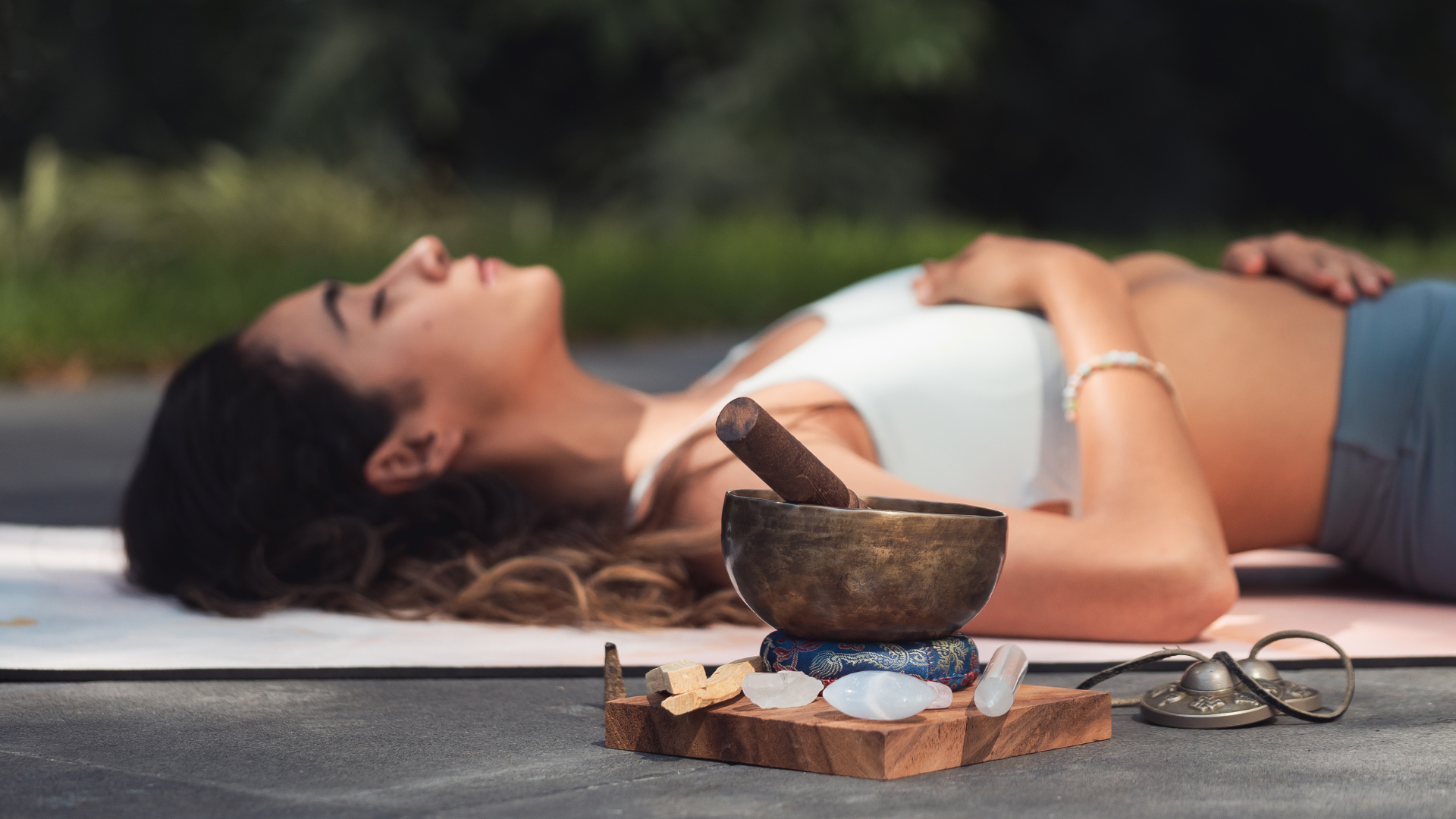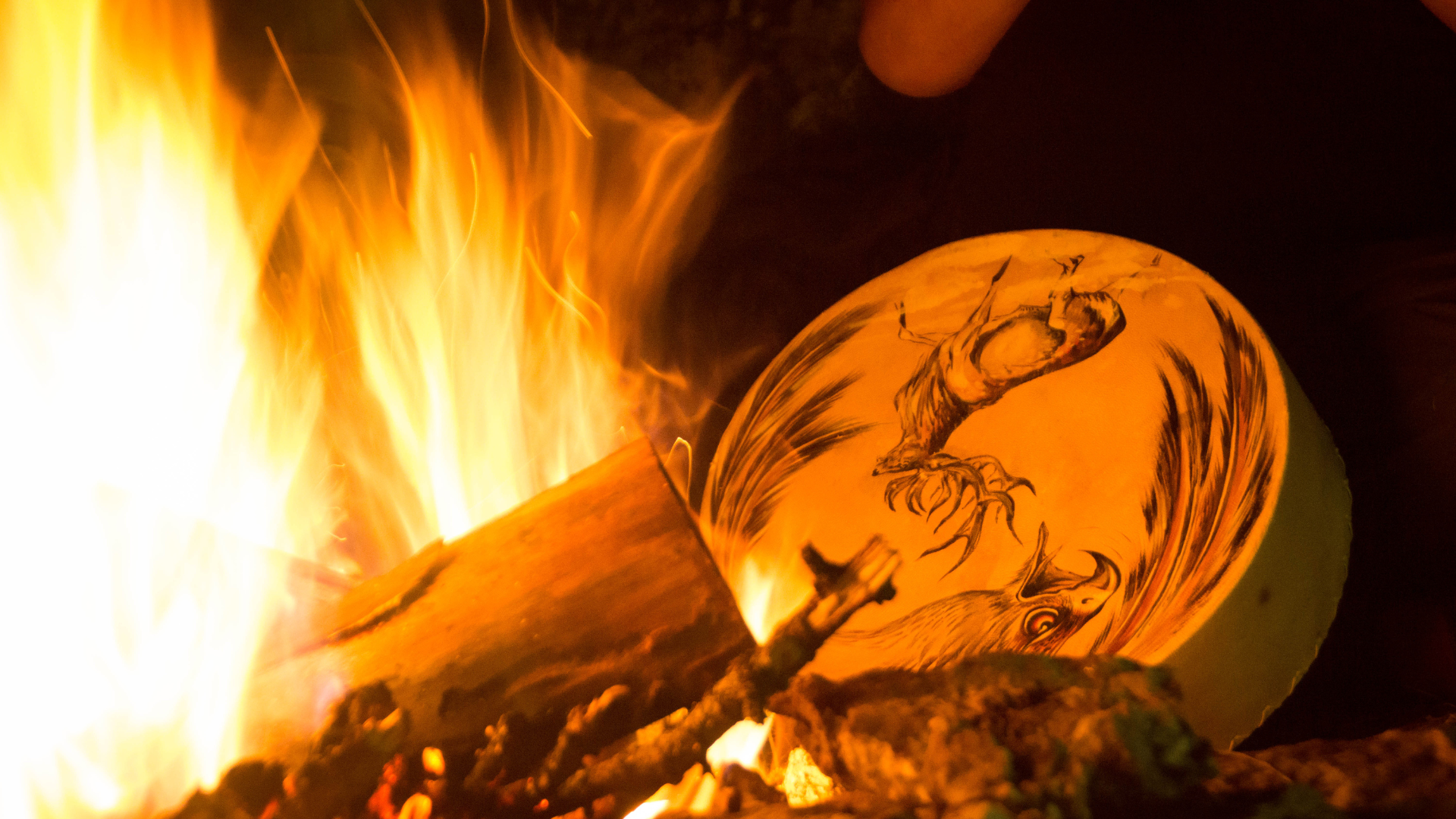Breathe Into Life: The Ancient Practice Transforming Modern Healing
Breath is something we rarely think about—yet it shapes every moment of our existence. How we breathe influences how we feel, think, and show up in the world. Across cultures and centuries, people have turned to the breath not just for survival, but for healing, clarity, and spiritual connection.
In this blog, we’ll explore the power of breathwork—its roots, its modern resurgence, and why it matters now more than ever. We’ll also answer common questions like: Where did breathwork come from? How does breathwork work? Why practice breathwork? What is a breathwork class like?
Let’s begin at the very beginning—with the breath itself.
The Essence of Life: Why Breath Matters
Our breath is the very first thing we do when we enter this world, and the last thing we release before we leave it. It is the essence of life itself.
As Eddy Tony, Founder of Somatic Breathwork, reminds us:
“Breath is the most vital rhythm of life. While our bodies can survive for months without food and several days without water, the absence of air grants us only minutes.”
To return to the breath is to return to what is most essential, simple, and alive within us. Breathwork, at its heart, is a practice of remembering this truth.
What Is Breathwork?
Breathwork is the intentional practice of using the breath to influence your physical, mental, and emotional state. While most of the time we breathe without thinking, breathwork brings awareness to this automatic rhythm.
Different breathwork practices are designed to guide us into different states of being—whether for relaxation, energy, healing, or expanded awareness. Some methods use slow, gentle breathing to soothe the nervous system and bring the mind into calm. Others invite more dynamic and rhythmic patterns that can awaken emotions, support release, and open the doorway to deeper insight.
As Eddy Tony explains:
“Breathwork is an umbrella term for practices that use conscious control of the breath to influence your physical, mental, and emotional state. These techniques can range from slow, gentle breathing for relaxation and regulation, to more intense, rhythmic patterns that evoke altered states or emotional release.”
No matter the style, all breathwork comes back to one simple truth: your breath is a direct line to presence, energy, and healing. Learn more about our Breathwork practices here.
Where Did Breathwork Come From?
The conscious use of breath is as old as humanity itself. Across time, cultures from every corner of the world have recognized the breath as more than a biological function—it has always been seen as a gateway to health, spirit, and transformation.
Ancient Practices
Indigenous & Shamanic Traditions: From the Americas to Africa to Australia, Indigenous peoples have long used breath as part of sacred ceremony. Through rhythmic or intensified breathing, participants entered altered states of consciousness to receive insight, release emotional burdens, and connect with the spirit world.
Pranayama (India): Rooted in yogic tradition, pranayama is the practice of intentionally directing the flow of breath to shape the flow of energy, or prana. These breathing exercises were designed to steady the mind, deepen meditation, and create harmony between body and spirit.
Taoist Breathing (China): Taoist philosophy views the breath as a pathway to cultivate chi, the life force that animates all things. Techniques such as abdominal breathing and reverse breathing were used to nourish vitality, support longevity, and foster inner balance.
Modern Approaches
Buteyko Method (1950s): Developed by Ukrainian physician Dr. Konstantin Buteyko, this method emphasizes breathing less, not more. By practicing gentle, reduced breathing, people can calm the nervous system, increase tolerance to carbon dioxide. This helps to ease conditions like asthma and anxiety.
Rebirthing Breathwork (1970s): Leonard Orr introduced this style of continuous, connected breathing as a way to unlock and heal unconscious memories, particularly those linked to birth and early childhood. Many experience it as a process of releasing old imprints stored in the body.
Holotropic Breathwork (1970s): Created by psychiatrist Stanislav Grof and his wife Christina, holotropic breathwork combines deep, steady breathing with evocative music to heighten states of consciousness. It is often described as a doorway to profound emotional release and spiritual exploration.
Somatic Breathwork (2022): Founded by Eddy Tony, holistic practitioner. This practice weaves together conscious breath control and embodied awareness through body’s sensations, movements, and responses. It focuses on tuning into bodily wisdom to access and release stored tension, stress, or trauma.
Today
In recent decades, breathwork has experienced a powerful resurgence. While modern teachers may use different styles and methods, the principle remains very similar: by consciously engaging with the breath, we open ourselves to healing, clarity, and connection.
From ancient temples to today’s wellness spaces, the breath has always been—and continues to be—a bridge between body, mind, and spirit. If you’re curious about how you can experience this for yourself, explore our Breathwork offerings here.
How Does Breathwork Work?
Breathwork works because how we breathe shapes how we feel—in body, mind, and spirit.
Calms the Body: Slow, deep breathing signals to the nervous system that it’s safe to relax, lowering stress and easing tension.
Energizes & Awakens: Faster or deeper breathing can boost energy, oxygen flow, and alertness.
Releases Emotions: Breathing in certain rhythms can bring up feelings we’ve held onto, allowing them to move through and clear out.
Opens Awareness: When the mind quiets and the body softens, breath can open us to new insights, clarity, and connection.
As Dan Brulé writes in Just Breathe:
“Every physiological, psychological, and emotional state has a corresponding breathing pattern. By changing the pattern of our breathing, we change the pattern of information being sent to the brain.”
In other words, your breath is both messenger and medicine—changing how you breathe changes how you feel. Ready to experience this for yourself? Book a session here or join The Collective Exhale: Our Monthly Virtual Breath Gathering.
Why Practice Breathwork?
The reasons people come to breathwork are deeply personal, yet universally human:
To manage stress and anxiety
To feel more focused and clear
To release emotional blocks or past trauma
To connect more deeply with themselves and spirit
To build resilience and vitality
James Nestor, author of Breath: The New Science of a Lost Art, describes breathing as “the missing pillar of health.” He emphasizes how most of us have forgotten the power of our own breath—and how reclaiming it can transform our lives.
Discover why so many people are returning to this practice by exploring our Breathwork offerings.
What Is a Breathwork Class?
A breathwork class is a guided journey with your breath. Typically, it includes:
Opening: Settling into the present moment and into our bodies, grounding into awareness.
Technique: Learning and practicing the breathing pattern for that session.
Guided Practice: Breathing in rhythm, often supported with music, facilitator guidance, and a safe container.
Integration: Resting, journaling, or reflecting on what arose—giving space for the experience to settle.
Every class is different. Some are calming and restorative, others are deeply moving and transformative. What they share is an invitation to connect more deeply with your breath—and, in turn, yourself. Curious? Join a class here.
Breathwork at The Soul Work Space
At The Soul Work Space, breathwork is a cornerstone of the healing journey. It is not just another tool—it is a pathway home to yourself. By reconnecting with your breath, you reconnect with your body, your wisdom, and your essence.
Here, we hold space for you to explore the breath safely, deeply, and with reverence—for the science, the spirit, and the soul that live within each inhale and exhale. Learn more about our approach to Breathwork at The Soul Work Space.
Final Thoughts: Returning to the Breath
Breathwork is ancient, yet freshly alive in our world today. It is the practice of remembering what we’ve always known: that the breath is life itself, and it is always here to guide, calm, and awaken us.
✨ This week, try taking a few minutes each day to simply notice your breath. Is it fast or slow? Shallow or deep? Gently bring awareness to it, and see how even small changes shift how you feel.
When you’re ready to dive deeper, we invite you to book a breathwork session or join The Collective Exhale: Our Monthly Virtual Breath Gathering and experience the transformation for yourself.



